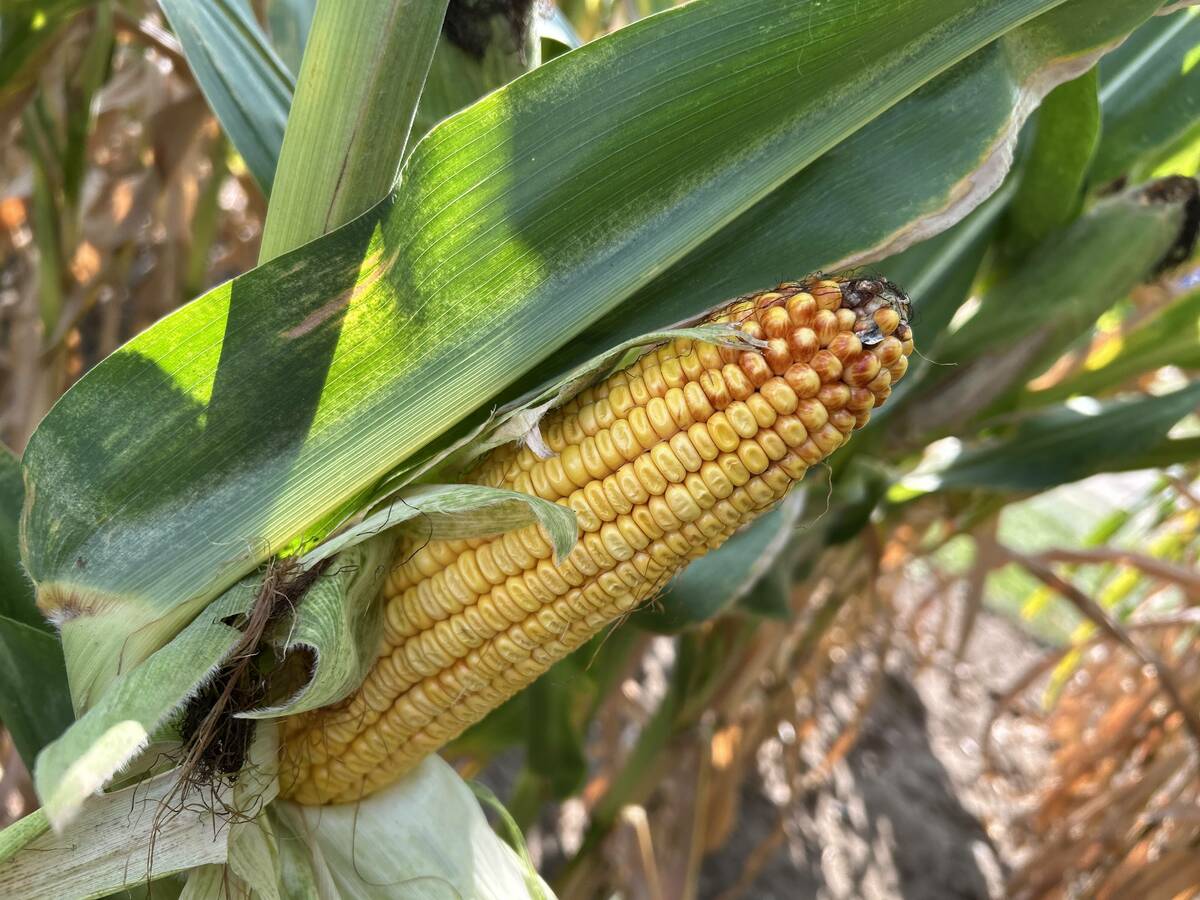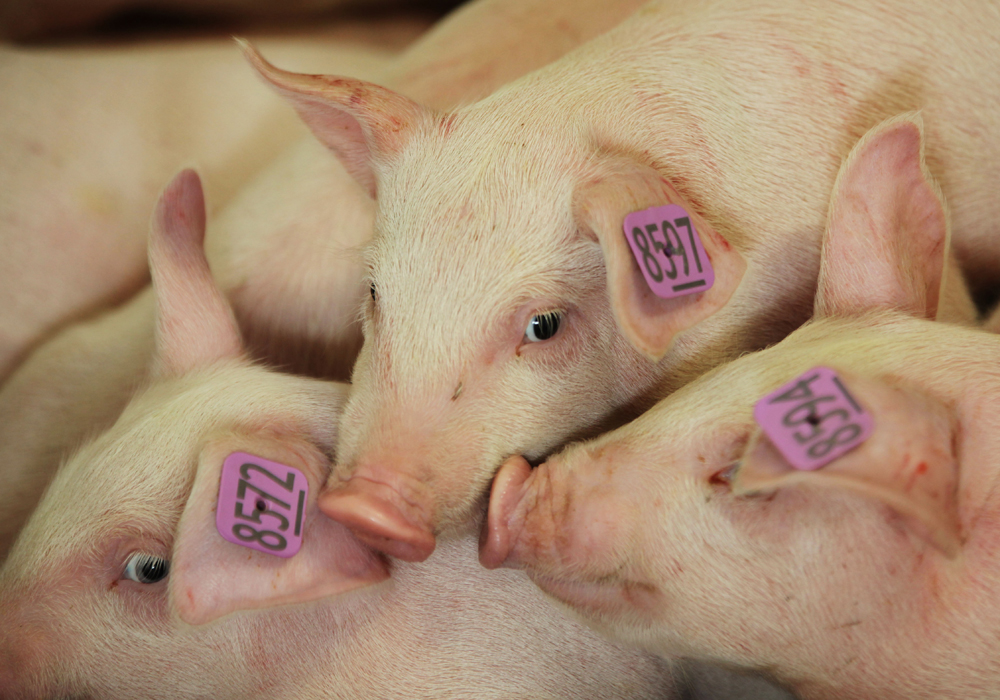Commodity prices should continue to limp along in 2020, with no signs of an overall commodity bull market appearing any time soon.
While the agricultural commodity markets are harder to predict and face a set of unique situations, most commodities are still caught in the doldrums of the post-commodity-boom world.
World economic growth is forecast by most analysts to continue in 2020, but that growth is generally expected to be weak rather than booming. The world’s commodity producers, including farmers, benefit from global economic growth because they supply the raw materials to feed that growth. In a boom, demand for commodities can outstrip the ability of producers to supply enough, and that can lead to steadily rising prices.
Read Also

Crop estimates show mixed results
Model-based estimates used by Statistics Canada showed the 2025/26 crop year has seen increases in canola, corn for grain, oats and lentils production while seeing dips in spring wheat, durum wheat, soybeans and barley in comparison to 2024/25.
But with weak growth, commodity production usually keeps up with demand and prices seldom rise much.
For 2020, most analysts predict a modest set of slight increases and decreases in commodity prices based on their forecasts for low global economic growth.
Oil prices, which can affect oilseed and cereal grain prices, might be the commodity most likely to rise in value, Goldman Sachs predicted in late 2019, because weak prices have led to less drilling. That should lead to lower production and falling supplies.
Biodiesel and ethanol prices closely correlate with oil prices, so a fall in oil production would be a good development for most crop prices.
However, it is mostly an indirect impact. There is no general commodity bull market, so crops will get most of their price directions from their own supply and demand fundamentals, including those of competing crops.
Those are exceedingly hard to predict this coming year, most analysts acknowledge, because of huge wild card factors affecting crops and livestock production.
African swine fever (ASF) has added enormous uncertainty to the world’s pork markets as tens of millions of pigs in China, Southeast Asia and Western Europe have been infected by the disease. The impacts have been profound, with demand for pork imports to affected regions surging, while demand for feedgrain imports from places like China slumping.
What will happen with ASF in 2020? Will China’s pork production begin to recover or continue to decline? Will the disease spread into major pork exporters like Denmark and the Netherlands?
Will it land in North America?
What will happen to the flow of livestock, meat and feedgrains depending on which scenarios become real in 2020? That’s what analysts across agricultural markets are debating.
Canadian producers will be affected regardless, but the impact would be profound if ASF appears in Canada, almost certainly disrupting the production, transport, slaughter and exports of pigs and pork, as well as reducing the demand for feedgrains.
Market analysts are also grappling with the possible implications of what happens with the United States-China trade war. That conflict has presently mellowed, with the “Phase One” deal announced before Christmas, but how much actual impact it will make on the international flow of crops is hard to tell.
It could have a major positive impact, especially on North American exports, which would be good for Canadian farmers, even if it is U.S. crops being exported, because it would lower crop stockpiles holding down all prices.
However, few are brave enough to declare whether or not they believe the U.S.-China trade war is permanently over, or if the dispute could be reignited by some spark.
That brings up the disruptive element of the U.S. national elections in November. How will those affect the actions of President Donald Trump, the Republican approach to trade, and the Democratic policies on trade and China?
The lessening of the U.S.-China dispute has raised hopes that the world’s economy could get stronger in 2020. However, China’s economy was slowing before the trade war and could still fall into a stall or recession. That would affect demand for crops and meats, most analysts believe. Weakness in China would also affect food exporters like Canada, the U.S., the European Union, and profoundly affect commodity-dependent developing nations like those in South America. While most analysts don’t anticipate a worldwide recession in 2020, the generally flaccid economic performance around the world and the scares of 2018 and 2019 leave most expecting a recession within two to three years.
But beyond all these factors, weather is still the greatest wild card facing farmers and the markets, which is why agricultural markets are always the toughest to predict. Other commodities aren’t nearly as affected by the weather. For crop production, it can be the single greatest factor.
Will the Australian drought end? Will North America return to good crop-production weather?
Will major exporters experience great weather, or will one or more face a disaster?
Every year is hard to predict at the beginning of January, but 2020 appears to be holding a much bigger hand of wild cards than most years.
















